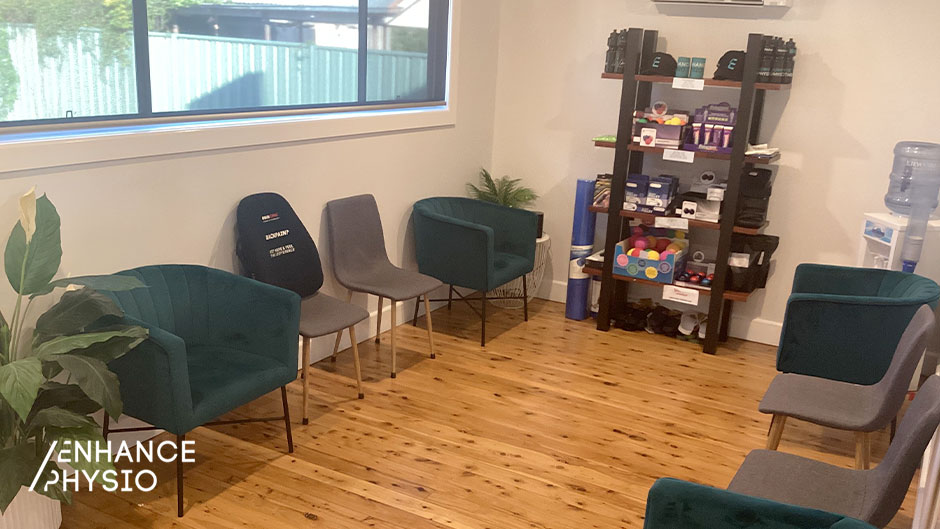What is Patellofemoral Pain Syndrome?
Patellofemoral pain syndrome (PFPS) refers to pain in the front of the knee, around or behind the kneecap. This pain is typically caused by contact between the kneecap and the thigh bone (femur), which can affect the joint surface over time. PFPS, also known as "runner's knee," is common in active people who participate in sports but can also occur in non-athletes. The pain and stiffness caused by PFPS can make walking, kneeling, squatting or running difficult. This knee pain is aggravated by jumping, landing and kicking and is almost always alleviated with the cessation of the aggravating activity.Common symptoms of patellofemoral pain syndrome
- Patellofemoral pain syndrome is characterised by a dull, aching pain in or near the kneecap.
- There may also be a reduction in knee range of motion.
- Running, jumping, hopping, squatting, and kneeling are frequently painful motions for people with PFPS.
- There may be some swelling and a loss of muscle strength around the knee.
- The onset of pain is usually gradual rather than abrupt or traumatic.
- Structures around the knee, especially on the outside, may feel restricted.
- The pain symptoms are most noticeable during exercise and weight-bearing activities that involve knee bending.
- Pain can also be felt after sitting with the knees bent for long periods.

Common causes of patellofemoral pain syndrome
Patellofemoral pain syndrome is caused by the patella failing to track properly on the femur when the knee is bent and straightened. Muscle imbalances - thigh or buttock weakness, hamstring or ITB tightness. Overuse - abrupt changes in activity level or intensity. Biomechanics - excessive pronation of the feet/ankles, hip and knee joint angle. Recent evidence suggests that hip weakness is the underlying cause of the dysfunction. Research also shows that poor hip abductor strength was a risk factor for future PFP pain in novice runners. The truth is that there is likely no single mechanism causing PFPS but rather several dysfunctional biomechanical patterns that may overload tissue in this area. These patterns can develop for various reasons, including weakness of the lower limb's stabilising muscles or simply adopting poor gait patterns.The 4 fundamental principles to ensure effective PFPS management
1) PFPS is a multifactorial condition requiring an individually tailored program. 2) Immediate pain relief should be a priority. 3) Patient empowerment by emphasising active over passive interventions is essential. 4) Good patient education and activity modification are essential.Physiotherapy treatment for patellofemoral pain syndrome (PFPS)
An individualised treatment plan will be designed and implemented based on the information obtained during your physiotherapy consultation. This will consider the irritability of your patellofemoral joint and the deficits identified during your physical assessment. Patellofemoral pain physiotherapy treatment includes:- Taping techniques for reducing the g load on the patellofemoral joint.
- Mobilisation of the knee cap.
- Modification of activities and load management.
- Orthotics are used to improve foot posture and biomechanics.
- Muscle strength is gradually increased, focusing on the glutes, quads, and calves.
- To increase the flexibility of the tissues surrounding the patellofemoral joint and treat pain, we use manual therapy techniques like soft tissue massage and dry needling.
- Training for movement patterns and gait will help correct any compensatory movement patterns that exacerbate knee pain and retrain the body's proper biomechanics for walking and running.


